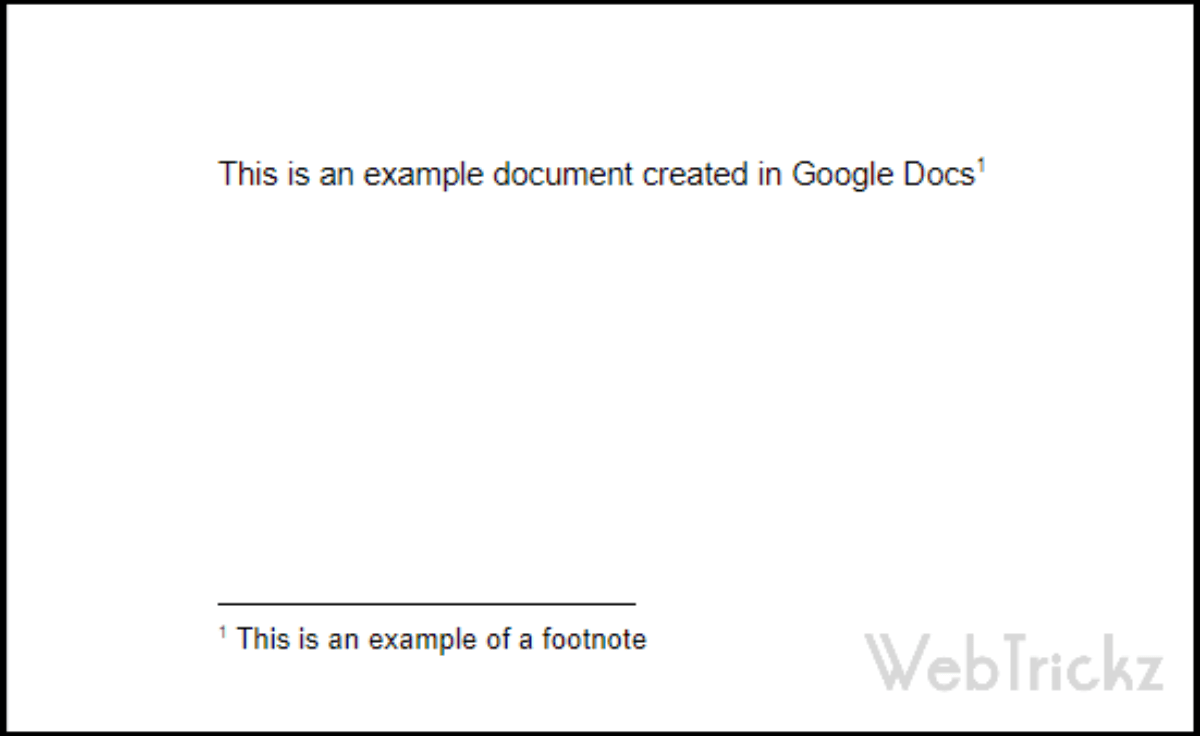

Unicode doesn't have this problem and is consistent across word processors and CMS systems. If you copy and paste a document containing formatted superscript to another program, it might not keep the formatting.

If you tell Docs to change a "2" to superscript, it adds a hidden note that tells the browser to change how it looks. For example, in Unicode, 2 and ² are two different characters. When Docs changes the text to superscript or subscript, it changes the appearance of the text, not the text itself.

Google Docs will place a superscript number in the body of the document, as well as at the bottom of the page. Click Insert, then select Footnote from the drop-down menu. Why would you use Unicode in place of Google Docs' native formatting? In Google Docs click in the text to place an insertion point where you are referring to a source used for information. If you don't want to jump through any of these hoops, but still want to add that sweet academic veneer to your writing, Unicode has a full set of superscript and subscript numbers (and a limited set of letters and symbols) that you can copy and then paste into your document. Still, there's no way to add formatted values to an existing equation via mobile. However, you can edit superscript and subscript values in an existing equation. There's no way to insert an equation via the mobile app.


 0 kommentar(er)
0 kommentar(er)
